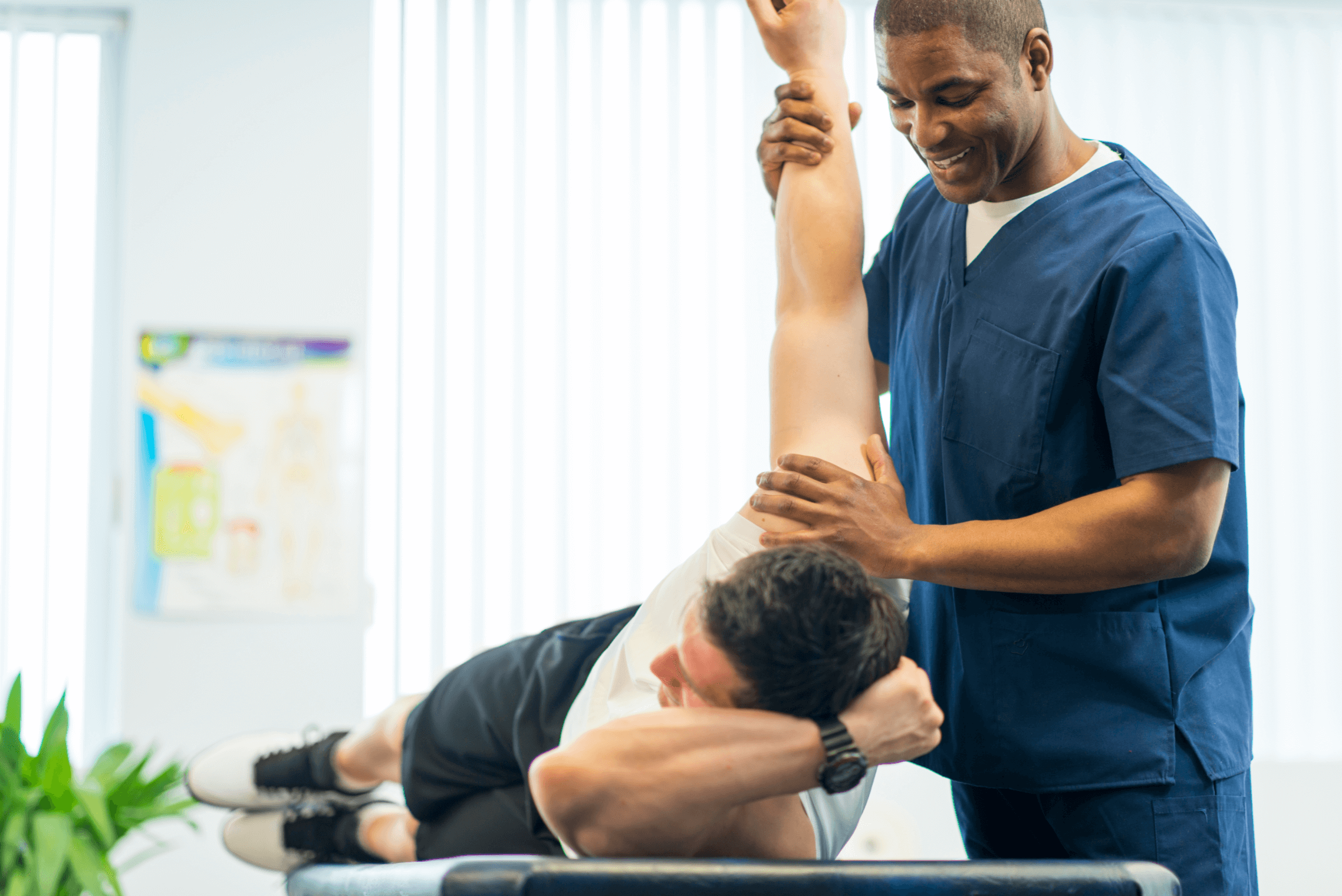Learn About Frequent Sports Ailments as well as Efficient Recovery Strategies aimed at Athletes
Learn About Frequent Sports Ailments as well as Efficient Recovery Strategies aimed at Athletes
Blog Article
Athletic traumas are frequent among sportspeople of all ages and skill levels. These traumas can happen in various forms, including ligament injuries, strains, breaks, and tendon inflammation. Understanding the types of injuries that can occur during sports activities is crucial for not only prevention and treatment. Sprains, for instance, involve the stretching or rupturing of ligaments, which link skeletal structures at a joint. Muscle injuries, on the other hand, affect muscles or tendons, which connect muscle tissues to bones. Recognizing these injuries early can help athletes obtain appropriate care and return to their sport more quickly.
One of the frequently frequently seen injuries in sports is the foot ligament injury. This trauma often occurs when an individual touches down awkwardly or rotates their foot during a game. Symptoms of an ankle sprain include discomfort, swelling, and trouble walking. Prompt care typically involves the R.I.C.E. method, which stands for Recovery, Ice, Compression, and Lifting. This method helps minimize inflammation and pain. In severe serious cases, rehabilitative therapy may be required to regain power and flexibility to the foot before returning to sports.
Another frequent injury is a muscular strain, which can occur in any athletic activity that demands sudden actions or heavy weight-bearing. Athletes may experience a muscle strain when they extend a muscle too much or when they apply too great force. Signs include sharp discomfort, swelling, and muscular contractions. Rehabilitation for muscular strains often includes gentle stretching and conditioning exercises. Slowly raising exercise levels is crucial to avoid recurrence. Athletes should work closely with a rehabilitative specialist to create a safe and effective recovery plan.
Tendonitis is another trauma that can impact sportspeople, particularly those who participate in frequent movements, such navigate here as runners or swimmers. This issue happens when a tendon structure, which connects muscle to skeletal structure, becomes inflamed. Frequent locations involved by tendonitis include the elbow, upper arm, and knee. Symptoms often include pain and rigidity, especially during activity. Treatment for tendonitis usually involves rest, cooling, and pain-relief medications. In some situations, physical treatment may be suggested to improve mobility and strength in the injured area.
Preventing athletic traumas is just as crucial as addressing them. Athletes can reduce their chance of trauma by warming up correctly before activities, using the appropriate gear, and maintaining good physical shape. Strength training and flexibility workouts can help ready the body for the demands of sports. Additionally, athletes should pay attention to their physical condition and allow breaks when needed. By understanding common sports injuries and applying efficient recovery plans, sportspeople can stay healthy and enjoy their favorite athletic activities for a long time to come.u0026srotateu003d0)